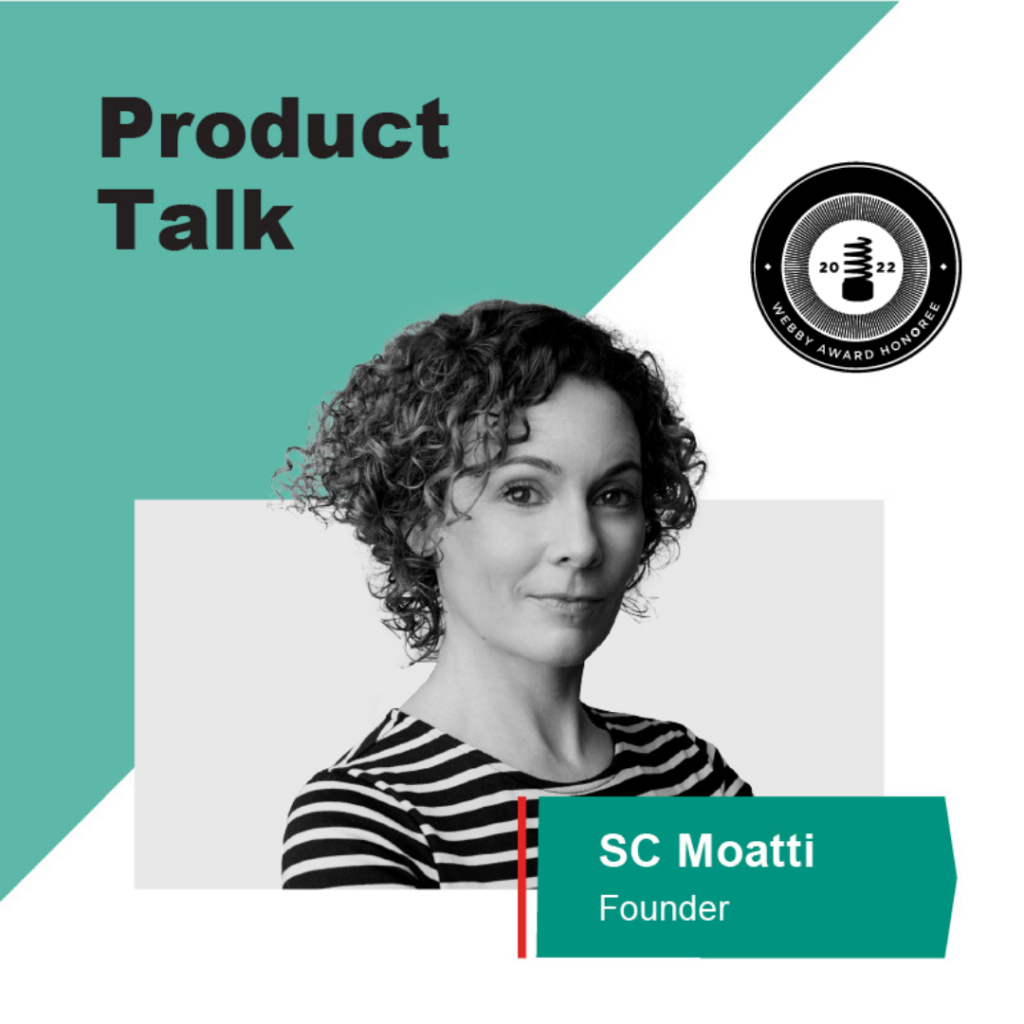One of the most important questions product managers and leaders ask every day pertains to what product solutions you can build that customers are willing to buy. Silicon Valley is filled with products that nobody is willing to pay for, however brilliant those products may seem. So what is the special sauce that leads to a product with the potential for profitability?
In this podcast episode, the second in the 2022 Product Awards series, Heap VP of Product Rachel Obstler sits down with Wayfair Product Leader Nacho Andrade to give insights into how Heap built its Product Award-winning analytics tooling. A major key, says Rachel, is not only listening to what customers are saying, but also to what they are not saying.
Subscribe to the Product Talk podcast on Spotify and Apple Podcasts, and make sure you never miss a single product conversation with leading product executives. New episodes go live every week. Episodes in the Product Awards Series drop on Fridays.

On Triangulation and Unarticulated Needs
A major problem in product management is that people often don’t know the solution to their problems. Solving that puzzle is the first step in building a product people will buy, and it’s what keeps product people up at night! While the hallmark of a good PM is empathy and hearing what customers are saying, the next step is to go beyond what the customer is saying. A great PM listens for what the customer is not saying – the unarticulated needs.
This process involves multiple inputs, beginning with data and listening. “It’s looking at the data. What is that telling you? It’s hearing how people articulate the problem. There’s a lot of good ways to get at the underlying problem. Because sometimes people don’t articulate the problem or don’t know how to articulate it.
“You have to actually be pretty skilled to get at these problems. And you have to know to ask questions like, What were you doing before? You did this thing, and what were you doing immediately after? And how did you feel? And all these things can help you triangulate on what the actual problem is, because it is often something that’s very difficult for people to articulate, especially if they can’t imagine that a solution exists.
“You really, as a product manager, have to put together a lot of disparate data, and it’s hard to know how to fit all those things together.” And that is the art and science of being a product manager.
On Product Management as a Team Sport
Similar to the way that major scientific achievements are usually team-based, rather than the work of one brilliant individual like an Albert Einstein, so too are successful products the work of teams. Rachel says that while the initial problem discovery might invovle just a few people, actually implementing a solution takes many more.
“When it comes to finding the problem, that may be largely a PM. It could be a PM with a designer. It could be a pm with a designer, a data scientist, and an engineering leader. But then once you have identified the problem, you actually don’t have anything yet. I think it is fantastic what you have, but you don’t have anything you could get a Nobel Prize on.
“It’s not until you create the solution that you can actually have something you could ever have a prize about. And so then creating that solution usually involves a much broader team. Then you bring in the rest of the engineering team. And so it is a team sport.”
On Self-Service with a Side of Delight
When it comes to great products, Rachel has a clear idea of what it takes to make them: self service with a side of delight.
She says, “You can focus all your usability on making things self-service. But what that leaves out is this notion of delight. And delight is a little bit orthogonal to self-service. You can make an entirely self-service product without delight. But delight is that special sauce that not only allows people to be capable of using the product, but allows them to enjoy using the product. And so that’s why I think you need both. You need the product to be self-service, easy to use, but you need that side of delight to not only give the user value, but also let them enjoy the journey towards that value. That’s what makes truly great products.”
So what makes a product that people are willing to buy? It serves unarticulated needs, it is easy to use, and it also is delightful to use. Put those all together to find your secret product sauce.
About the speaker
About the host
Big idea product leader specializing in the space between 0 to 1, digital transformation, and innovation.